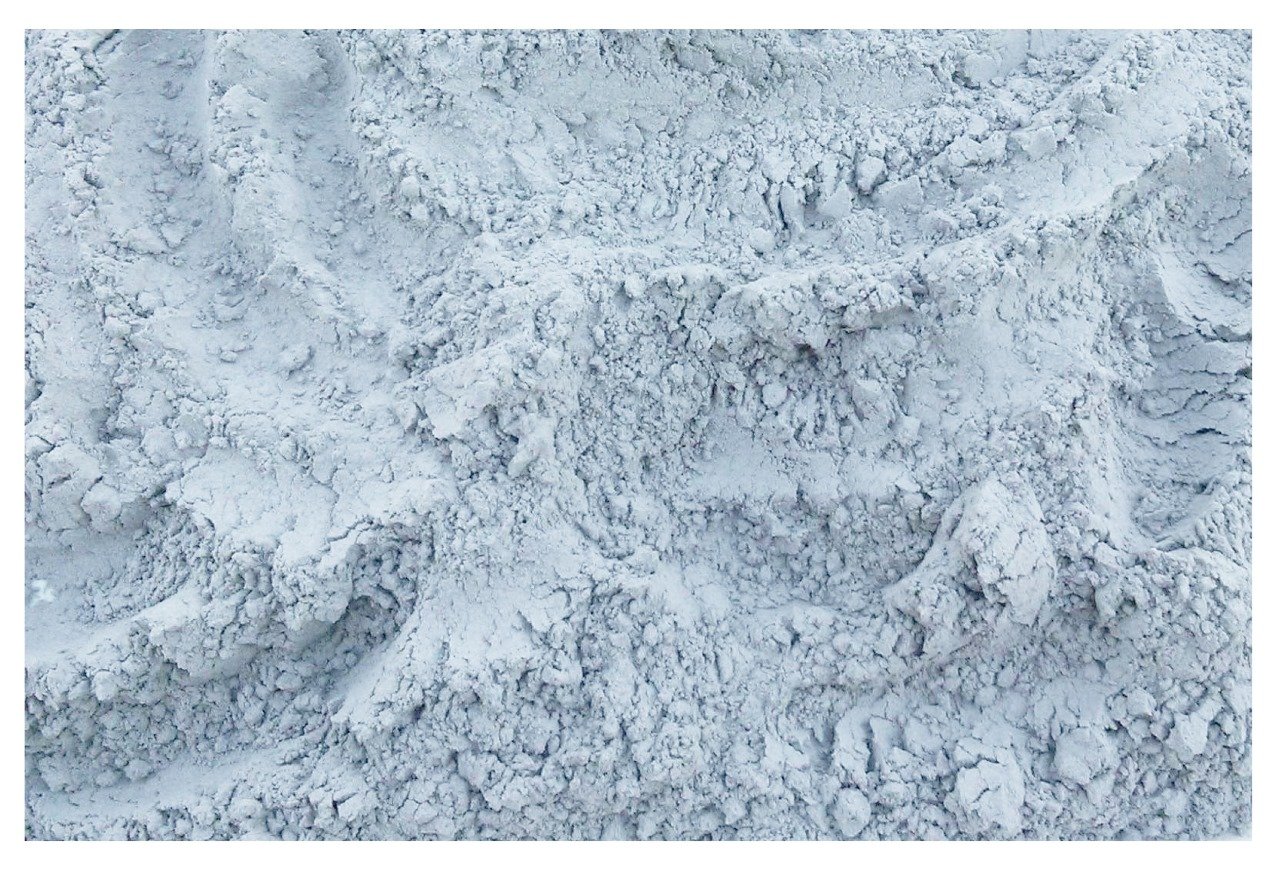Introduction to Silcon™ Microsilica
Silcon™ Microsilica, also known as silica fume, is a byproduct of silicon or ferrosilicon alloy production, consisting of ultra-fine particles of silicon dioxide (SiO₂). As a high-performance additive, Silcon™ Microsilica is used to enhance the strength, durability, and overall performance of concrete, especially in demanding and specialized applications. By filling the microscopic voids between cement particles, Silcon™ dramatically improves both the physical and chemical properties of concrete.
Uses of Silcon™ Microsilica in Concrete
Silcon™ Microsilica is primarily used in the following concrete applications:
- High-strength Concrete: The fine particle size of Silcon™ Microsilica densifies the concrete matrix, contributing to greater compressive strength. It is ideal for high-rise buildings, bridges, and structures subjected to heavy loads.
- Durability Improvement: Silcon™ Microsilica reduces the permeability of concrete, making it highly resistant to chlorides, sulfates, and other aggressive chemicals. This makes it particularly useful in marine environments, water-retaining structures, and tunnels.
- Shotcrete Applications: Used in shotcrete, Silcon™ Microsilica improves adhesion and cohesion, making it ideal for tunnels, dams, and mining projects where durability is paramount.
- Underwater Castings: The cohesive properties of Silcon™ Microsilica reduce segregation in concrete mixes, making it ideal for underwater applications that require high workability and cohesion.
- Precast Elements: Precast concrete elements such as beams, columns, and slabs benefit from Silcon™ Microsilica by improving their overall durability and strength.
- Grouts and Mortars: Due to its fine particle size, Silcon™ Microsilica is often added to grouts and mortars to enhance bond strength and reduce permeability.
Benefits of Silcon™ Microsilica in Concrete
- Enhanced Strength: Silcon™ Microsilica reacts with calcium hydroxide (a byproduct of cement hydration) to form additional calcium silicate hydrate (CSH), the key compound that binds concrete. This results in a denser, stronger, and more durable concrete matrix.
- Improved Durability: By reducing concrete permeability, Silcon™ helps protect structures from water, chloride ions, and aggressive chemicals, thus preventing steel reinforcement corrosion and extending the lifespan of the structure.
- Reduced Shrinkage And Cracking: Silcon™ Microsilica reduces bleeding and enhances cohesion, minimizing the risk of cracking due to shrinkage during the curing process. This is especially important for large, complex structures.
- Better Workability: Despite making the concrete mix appear stiffer, the thixotropic nature of Silcon™ Microsilica allows it to flow more easily under mechanical energy, improving pumpability and compaction—particularly useful in long pipelines or high-rise concrete pumping.
- Higher Heat Resistance: Silcon™ Microsilica improves the heat resistance of concrete, making it ideal for use in high-temperature environments such as industrial or refractory applications.
- Cost-effectiveness in the Long Run: While Silcon™ Microsilica may increase initial costs, its long-term benefits include reduced maintenance, fewer repairs, and less need for post-construction grouting or patchwork. This makes it particularly attractive for large-scale infrastructure projects.
Applications of Silcon™ Microsilica in Concrete
Silcon™ Microsilica is used in numerous applications where high strength, durability, and performance are essential:
- High-Rise Buildings and Bridges: The ability of Silcon™ Microsilica to enhance compressive strength and durability makes it a key component in skyscrapers, long-span bridges, and other heavily loaded structures.
- Marine Structures: Silcon™ Microsilica concrete resists chloride penetration and chemical attack, making it ideal for ports, harbors, and offshore platforms.
- Dams and Tunnels: The low permeability of Silcon™ Microsilica concrete makes it perfect for water-retaining structures like dams and tunnels exposed to aggressive groundwater or chemicals.
- Airports and Industrial Floors: The high wear resistance and non-dusting properties of Silcon™ Microsilica concrete make it an excellent choice for heavy-traffic areas such as airport runways, taxiways, and industrial flooring.
- Shotcrete Applications: In shotcrete, Silcon™ Microsilica enhances adhesion, reduces rebound (waste), and ensures long-term durability for tunnel linings and slope stabilization.
- Underwater Concrete: The cohesive and non-segregating properties of Silcon™ Microsilica concrete make it ideal for underwater applications, where workability and flow are critical.
- Precast Elements: Precast structures such as beams, columns, and slabs benefit from Silcon™ Microsilica due to its high strength and durability, ensuring long-term performance of prefabricated elements.
General Properties of Silcon™ Microsilica
- Particle Size: Silcon™ Microsilica particles are extremely fine—about 100 times smaller than cement particles. This allows the material to fill micro-voids in the concrete matrix, making the concrete denser and less permeable.
- Pozzolanic Activity: Silcon™ Microsilica exhibits pozzolanic properties, reacting with calcium hydroxide to form additional CSH, which strengthens the concrete and reduces the likelihood of micro-cracking.
- Low Permeability: Silcon™ Microsilica significantly reduces water
Best Practices for Handling and Mixing Silcon™ Microsilica
- Storage: Silcon™ Microsilica should be stored in silos, similar to cement. Proper handling and mixing techniques are essential to ensure complete dispersion in the concrete mix.
- Batching and Mixing: Silcon™ Microsilica should be added early in the mixing process along with aggregate and water. Proper dispersion is critical for even distribution in the mix. The use of superplasticisers is recommended to improve workability while maintaining low water-to-cement ratios.
- Placing and Compacting: Concrete containing Silcon™ Microsilica becomes more workable when vibrated or subjected to energy. This enables easier pumping and placement compared to conventional concrete. Care should be taken to ensure full consolidation during compaction.
- Curing: Proper curing is crucial to Silcon™ Microsilica concrete performance. Since it does not bleed, curing methods such as fogging, ponding, or the use of curing membranes should be applied immediately after finishing to prevent surface cracking.
Conclusion
Silcon™ Microsilica is a highly effective additive that transforms concrete, making it stronger, more durable, and less permeable. While it adds initial cost, the long-term benefits of reduced maintenance and enhanced durability far outweigh the expenses. Its versatility allows it to be used across various applications, including high-rise buildings, bridges, marine structures, and shotcrete. When properly mixed, placed, and cured, Silcon™ Microsilica concrete outperforms traditional concrete, making it a key material in modern construction.

